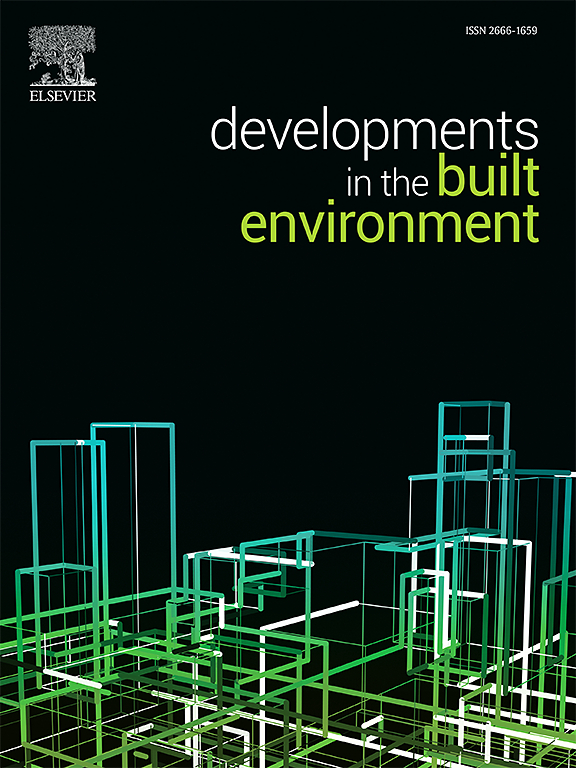Effect of shell composition on watertightness and mechanical performance of cement-based capsules used as self-healing additives of cement
IF 6.2
2区 工程技术
Q1 CONSTRUCTION & BUILDING TECHNOLOGY
引用次数: 0
Abstract
The aim of this work is the development of cementitious macro-capsules for self-healing cement and concrete materials. Emphasis is placed on shell properties, including size, thickness, strength, and volume to active component ratio. This enhancement is aimed at protecting the healing agent and ensuring adequate reactivity upon crack formation, surpassing survivability considerations. To this direction, core/shell particles have been produced following the pan-coating method, while different types and concentrations of setting acceleration solutions for the shell stabilization were studied. The formation of core-shell capsules encompasses the formation a spherical core through agglomeration, followed by simultaneous spraying of cement powder and a setting acceleration solution for the shell formation, under continuous rotation. The microstructural characteristics of the shell were studied through scanning electron microscopy (SEM), while the reactivity of the protected core (reactive agent) inside the hardened mortar mixtures was evaluated using thermogravimetric analysis (TGA). Moreover, the crushing load of the capsules under compression and their survivability during mixing process were examined and interpreted in relation to their diameter, circularity, and shell thickness.
The results revealed the ability of the encapsulation methodology proposed to tailor the shell properties and modify the capsule properties so as satisfy the requirements of different applications. The use of setting accelerators during shell formation proved essential for enhancing the density and the strength of the shell layer. As a consequence, this leads to macro-scale capsules with elevated survivability rate and core reactivity.
外壳成分对用作水泥自愈合添加剂的水泥基胶囊的水密性和机械性能的影响
这项工作的目的是开发用于自愈合水泥和混凝土材料的水泥基大胶囊。重点是外壳性能,包括尺寸、厚度、强度和体积与活性成分的比率。这种改进旨在保护愈合剂,并确保在裂缝形成时有足够的反应能力,超越存活率的考虑。为此,我们采用泛涂层法生产了芯/壳颗粒,并研究了用于稳定壳的不同类型和浓度的凝固加速溶液。芯壳胶囊的形成包括通过聚结形成球形芯,然后在连续旋转的情况下同时喷涂水泥粉末和用于形成外壳的凝固加速溶液。通过扫描电子显微镜(SEM)研究了外壳的微观结构特征,同时使用热重分析(TGA)评估了硬化砂浆混合物中受保护核心(活性剂)的反应性。此外,还根据胶囊的直径、圆度和外壳厚度,研究和解释了胶囊在压缩过程中的压碎负荷及其在混合过程中的存活率。结果表明,所提出的封装方法能够调整外壳性能和改变胶囊性能,从而满足不同应用的要求。事实证明,在外壳形成过程中使用凝固促进剂对提高外壳层的密度和强度至关重要。因此,这导致了具有更高的存活率和核心反应活性的大尺度胶囊。
本文章由计算机程序翻译,如有差异,请以英文原文为准。
求助全文
约1分钟内获得全文
求助全文
来源期刊

Developments in the Built Environment
Multiple-
CiteScore
7.40
自引率
1.20%
发文量
31
审稿时长
22 days
期刊介绍:
Developments in the Built Environment (DIBE) is a recently established peer-reviewed gold open access journal, ensuring that all accepted articles are permanently and freely accessible. Focused on civil engineering and the built environment, DIBE publishes original papers and short communications. Encompassing topics such as construction materials and building sustainability, the journal adopts a holistic approach with the aim of benefiting the community.
 求助内容:
求助内容: 应助结果提醒方式:
应助结果提醒方式:


